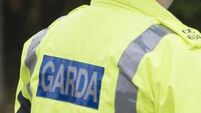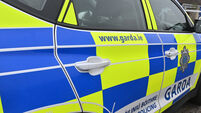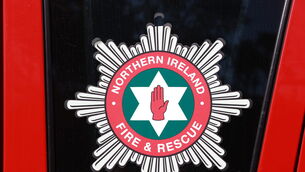Dwyer murder trial - Day 4: Document on ‘slave lifestyle’ found in home
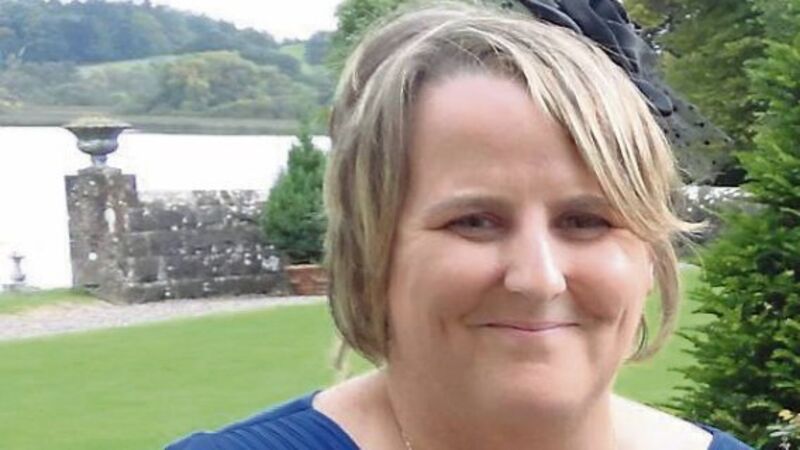
The jury also heard from the woman who found her jawbone while walking her dogs in the Dublin Mountains a year later, on the fourth day of the 42-year-old’s trial at the Central Criminal Court.
Mr Dwyer, an architect, is charged with 36-year-old Ms O’Hara’s murder on August 22, 2012, hours after the childcare worker was discharged from a hospital where she had been a psychiatric patient.
The Cork-born father of two of Kerrymount Close, Foxrock, has pleaded not guilty to the murder.
Garda James Codd testified that he searched Ms O’Hara’s apartment twice, on August 28 and 31, 2012. He seized “a black plastic bag containing a PVC dress and [an] empty bottle of lubricant”. He also took away a printout relating to ‘The Gorean Lifestyle’, a rope, and a gas mask.
When asked about the condition of the apartment, he said it was clean. “When we stripped the bed, we noticed there were bloodstains on the mattress,” he added.
Garda Codd said that he travelled to Vartry Reservoir on September 17, 2013, and took a number of exhibits from a garda. These included bondage cuffs, chains, a knife, leather mask, rope, gag, and a set of keys.

He also received items from Garda Wayne Farrell that day. These included cuffs, two knives, a white sex toy, a black sex toy, tape, leather collar, a bag containing the barrel of a gun, a large camera lens, and a Nokia mobile phone.
Sinead McGrath, prosecuting, then read out the document entitled ‘The Gorean Lifestyle: A Woman’s Right is Slave’, which was also shown on screens throughout the courtroom.
“What is your name and identity?” it began. “If you’re a woman practising a Gorean lifestyle, you don’t have one. Your identity is kajira, a slave, and you serve a master, who orders you to do whatever he pleases. You have no rights and never address yourself as ‘I’ or ‘me’ — instead, you address yourself as ‘master’s slave’. Refusal to do this results in punishment, usually a whipping.”
The document explained that the Gorean philosophy originated in 1967 with the release of John Norman’s book, Tarnsman of Gor.
It continued that a slave’s only goal in life was to bring pleasure and comfort to its master. “There are different types of women slaves. Some slaves purely serve as sexual objects, while others are masterful at cooking. Slaves do not question anything. They do as they are told. Refusal to do anything results in discipline. Slaves must strive for perfection.
“Not only must slaves do their work well, but it must be done in a feminine, graceful way that expresses their sexuality. Gorean women retain the right to refuse slavery,” it continued.
“If a master wants to enslave a woman and she refuses, however, she may be killed.”
The document then explained the various types of Gorean slaves, dividing them first into women who had lost their virginity and those who had not. After that, they were divided into further categories including, among others: Passion Slaves, who were trained and used for sexual services only, and Feast Slaves, who served food.
The document also detailed how the Gor books were banned in the 1980s and that Norman stopped the series in the 1990s. However, it returned when Gor was recognised in the BDSM community, where the Gorean lifestyle started.
Under the heading, ‘Why Do Women Choose Gor?’ the author suggested, among other theories, that some Gor masters manipulate women to join them. However, it concluded that most slaves were willing.
The jury also heard from the people who found Ms O’Hara’s remains on September 13, 2013, more than a year after she went missing.
Dog trainer Magali Vergnet said she had been walking dogs on Killakee Mountain that afternoon. She was loading the dogs back into her car, but her own dog wouldn’t come for her.
She heard her dog scratching and thought she had found a bone. The dog had previously found three bones in the area, the first being a deer’s leg.
The witness followed the noise into the woods to look for her and saw some bones as she did so. She identified these in a scene photograph for the jury.
She went another few metres and had to move branches out of her way. “I saw some clothing,” she said, identifying the blue tracksuit bottoms in another photograph.
She said there was something in the tracksuit bottoms and she rubbed it with her foot. “It felt like a shoe,” she recalled.
She then found her dog, who had two big bones. She said she was concerned that they were human bones because of the tracksuit bottoms she had seen.
She returned to her car, dropped off the dogs, and called the landowner. They returned to the spot with a friend later that afternoon.
This time she saw a jaw bone and realised she had found human remains. They called the gardaí and showed them to the scene.
While there with the authorities, she noticed a knife blade in the ground. She identified this blade in court.
The landowner, Frank Doyle, also gave evidence about the discovery. He said that, apart from a few key holders, mountain walkers sometimes used the land.
He also said that some walkers would park their car outside the gate to this land.
“Courting couples use it, I suspect, as well,” he added about the parking space outside the gate. “You do see condoms and a lot of McDonald’s bags where they’ve eaten.”
The trial continues.
Rope, chains seized in search
A gun barrel, bondage cuffs, chains, a knife, leather mask, set of keys, rope, and a gag were among the items seized by gardaí during the Elaine O’Hara investigation, a court was told.
The jury in the Graham Dwyer trial were also shown two large metal chains found in Elaine O’Hara’s bedside locker shortly after her disappearance in August 2012.
Retired Detective Garda Ultan Sherlock identified the items from the witness box on the fourth day of Graham Dwyer’s trial at the Central Criminal Court.
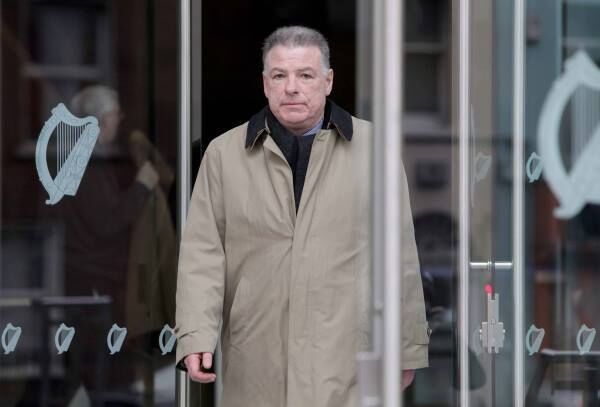
Det Gda Sherlock said he accompanied members of the O’Hara family to Ms O’Hara’s home at Belarmine Plaza, Stepaside on August 24, 2012, to conduct a cursory search.
He recalled that Ms O’Hara’s brother, John O’Hara, also showed him images on a website on his phone, having found the web address written in a diary there. He testified that the images seemed to have been of S&M activity.
“There were handwritten words written beside the web address,” he said, explaining that he thought these words were Chartered Brunette, but hadn’t written them down. He later agreed that John O’Hara was of the opinion that the words written beside the website were ‘Chained Brunette’.
Under cross-examination by Ronan Kennedy BL, defending, he said the chains he found were large.
He said he hadn’t asked the family any particular questions about S&M but had asked about possible boyfriends.
“The family was not aware of any,” he said.
Garda James Codd also testified that he searched Ms O’Hara’s apartment, this time on August 28, 2012. He said he took ‘a black plastic bag containing a PVC dress and empty bottle of lubricant’. He also took a printout relating to ‘The Gorean Lifestyle’, a rope and a gas mask that day.
When asked about the condition of the apartment, he said it was clean.
“When we stripped the bed, we noticed there were bloodstains on the mattress,” he added, however.
Garda Codd said that he travelled to Vartry Reservoir on September 17, 2013, and took a number of exhibits from a Garda O’Donoghue.
These included bondage cuffs, chains, a knife, leather mask, set of keys, rope, and a gag.
The trial, which is due to last up to eight weeks, continues.







